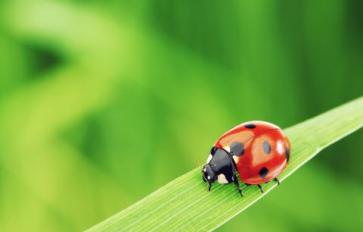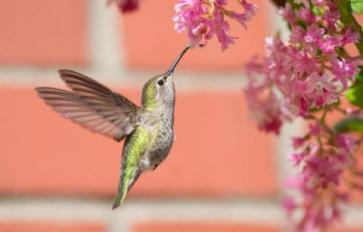
Last week, Bayer made a bid to the tune of $62 billion to buy Monsanto. The merge would combine two of the largest producers of pesticides and GMO crop production, essentially creating a powerhouse of treated agricultural production. The attempt to merge comes in the wake of several other agribusinesses merges (namely Syngenta AG , Dow Chemical Co. and DuPont Co.). Monsanto has not yet responded to Bayer’s offer, though Bayer maintains that the $62 billion offer values the Monsanto shares at 37% over their existing value, at $122 per share.
Bayer is known as one of the largest producers of pesticides, particularly in the United States. Bayer has received a lot of negative publicity regarding the production of neonicotinoids pesticides. Monsanto is no stranger to public pressure, especially from the environmental sector, either. Naturally, the potential merge of two of the biggest producers of treated agricultural production has struck a nerve with environmental activism.
Citizens and environmentalists alike have increasingly become concerned with the sweeping and still very much undefined extent to which pesticides affect human and environmental health. Specifically, the issue has been increasingly examined via the potential impact on honeybees and other pollinators.
So, what are neonicotinoids pesticides? This article will provide an introduction to their use –and the implications of their use.
In 2006, the western honeybee (Apis mellifera) began a markedly rapid decline. While evidence of the cause(s) of this epidemic remains inconclusive, the consequences of a decline continuing at this rate could prove to be irreparable. Contributions from bees and other pollinators include agricultural variety (along with the nutritional value this provides) and economic stability. It is estimated that approximately one in three mouthfuls of food are attributed to bees and other pollinators. Economically, pollinators are responsible for over $150 billion globally in agriculture, with over 70% of food sources in the United States dependent on pollinators. Honeybees and other pollinators are also a crucial element in retaining ecosystemic balances, like pollination.
Neonicotinoids (or “neonics”) are a type of systemic pesticide that have been increasingly applied to farms, gardens, and public lands like school yards. Neonicotinoids now make up about 25% of the pesticide market, making them the most common insecticide currently used, and are licensed in over 120 countries. A systemic pesticide means that the pesticide is absorbed into the plant’s whole physical infrastructure. Systemic pesticides differ from topical pesticides in that they are not only effective on the leaves and/or surfaces they are directly applied to; instead, with systemic pesticides, the effects are manifested throughout the whole structure of the plant – like the pollen and nectar.
Evidence suggests that there is at least some level of harm caused to pollinators by the use of neonicotinoids. The effects can be anything from chronic to lethal, depending on the dosage. Even long durations of nonlethal exposure can have detrimental effects on the health of pollinators. The problem extends beyond simply bees dropping dead at their hives; sublethal effects include disrupted digestive systems, impaired navigational apparatuses, nerve and neurological damage, and immune deficiencies. The disrupted digestive systems and immune deficiencies leave bees and other pollinators unarmed against environmental stressors, diseases, and predators like the Varroa mite, to which they are normally immune. Impaired navigation confuses the bees and they often cannot find their way back to their hive.
The effects on pollinators are not regarded as a serious issue by many chemical companies, or even the EPA, because of the lack of detectable immediate lethal effects. Most of the effects on pollinators are sublethal, and often take days to manifest through attack of the nerves, digestive system, and navigational abilities. What’s more, is the EPA does not independently perform their own tests to determine the toxicity of the pesticides – Bayer usually does it for them. A lack of objective testing mechanisms the issue even more convoluted.
Based on the potential affects of neonics outlined above (such as spreading in the soil and also becoming absorbed by any pollinator that feeds from the pollen), the use of neonics may affect other areas of the environment, too. Moreover, right now we are spraying first and seeing how the effects play out. The burden of proof should rest with the chemical companies to prove the pesticides are not harmful.
The conveniences that systemic pesticides provide are simply not worth the damage they are causing to the environment and to pollinators.








